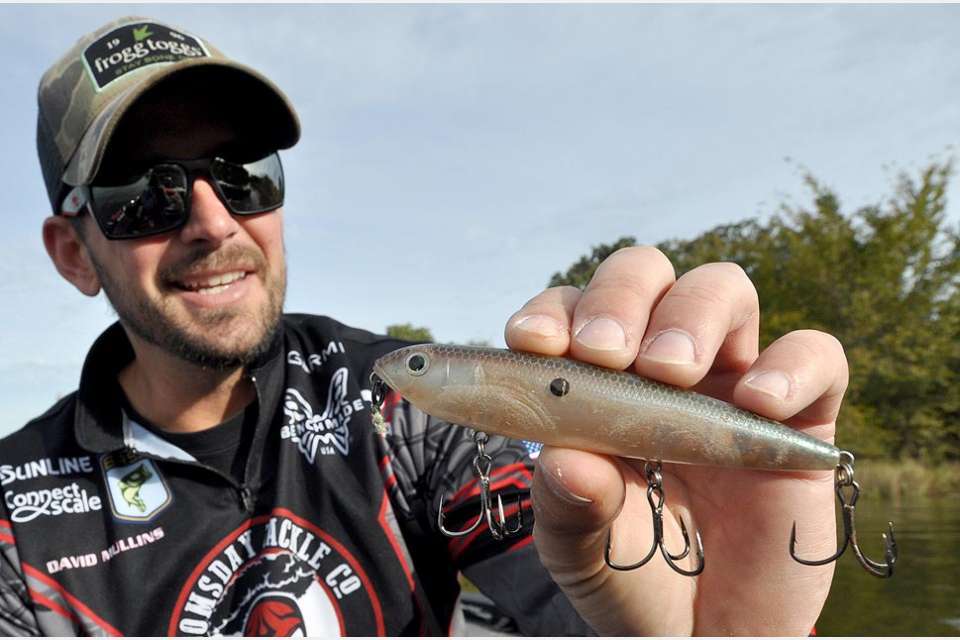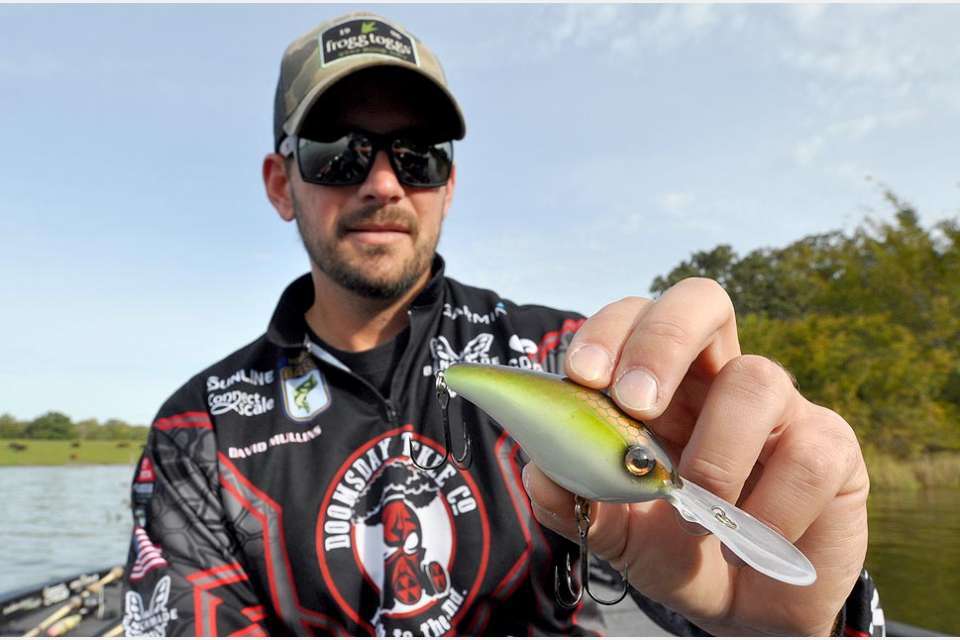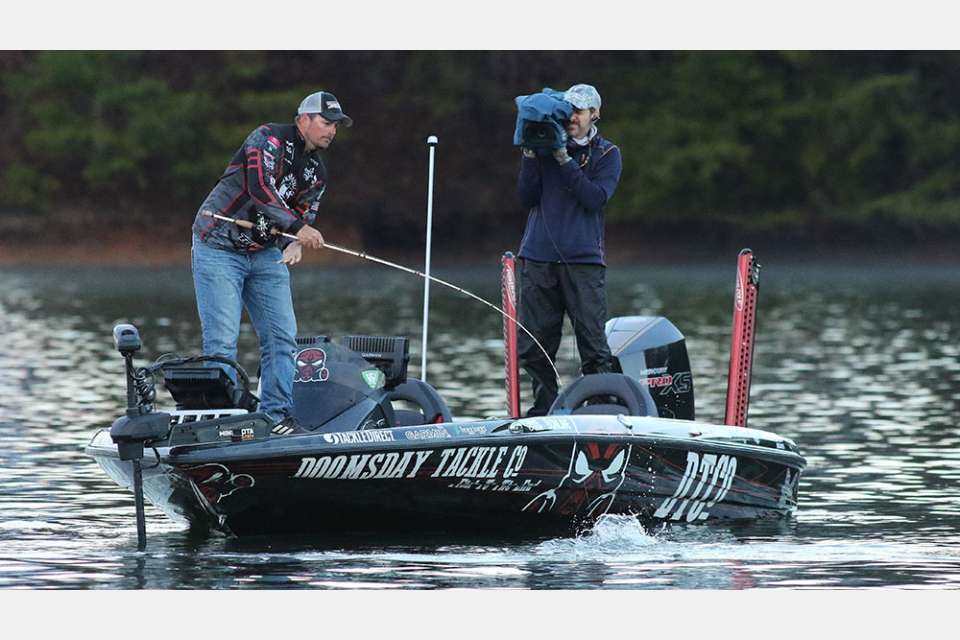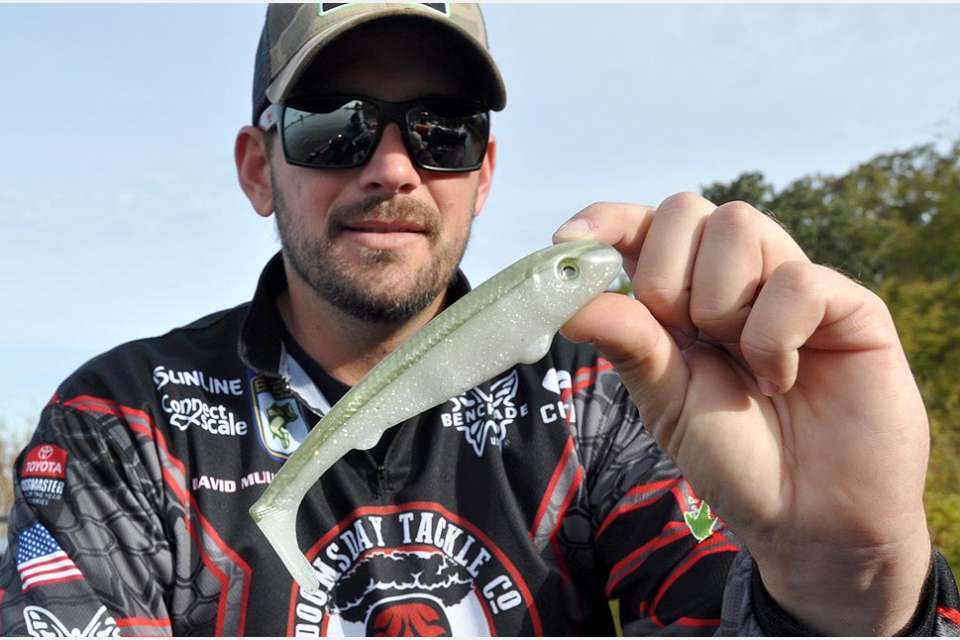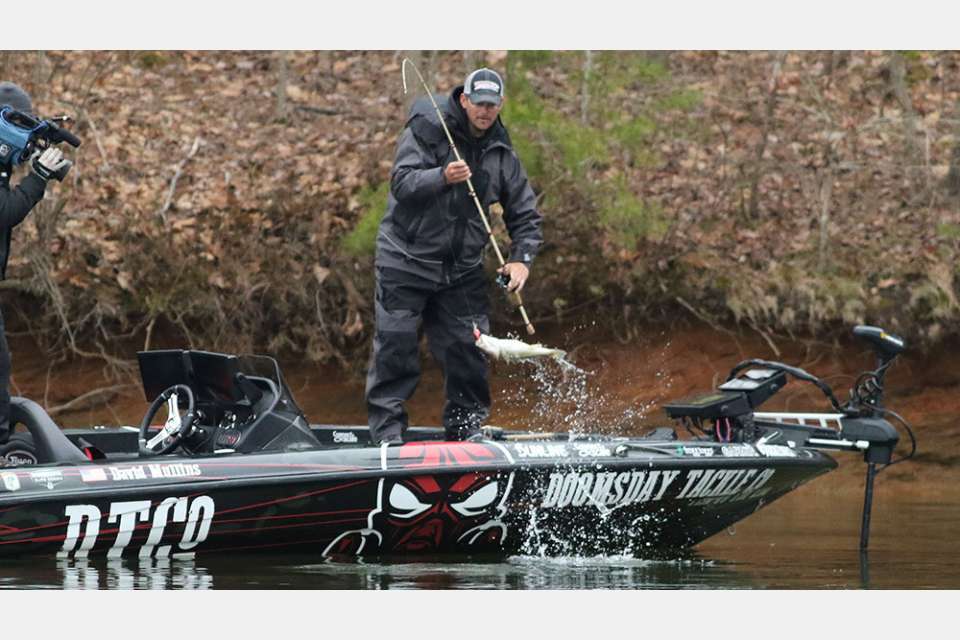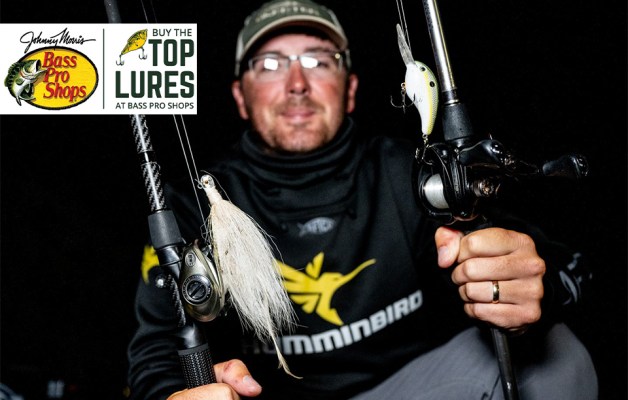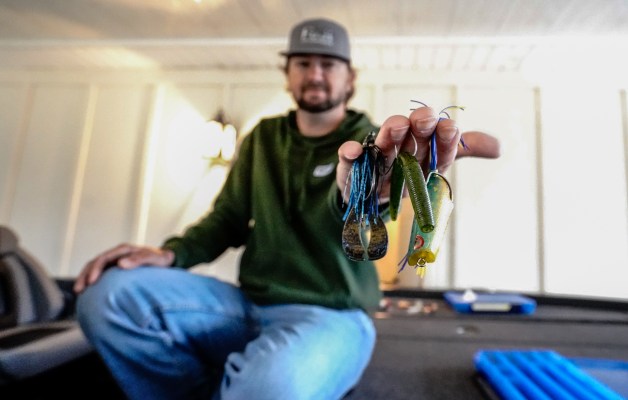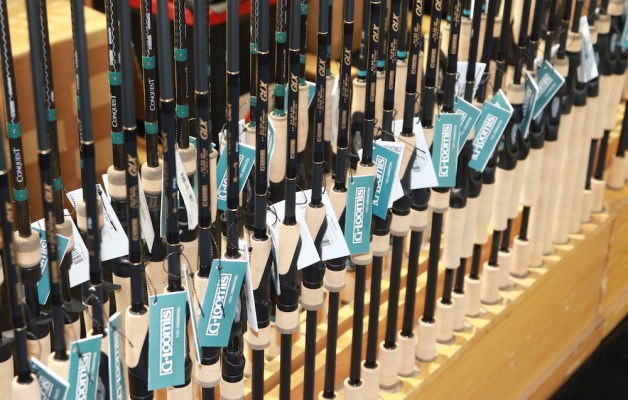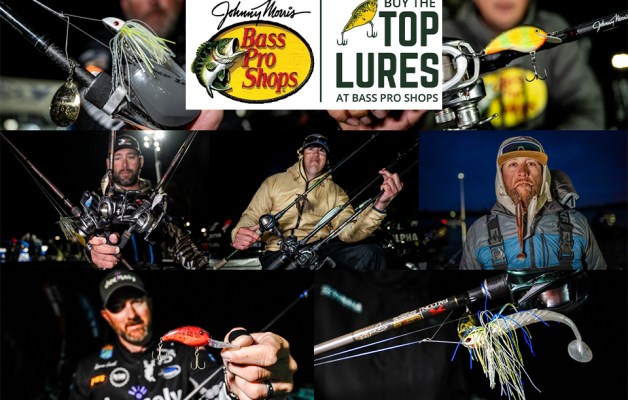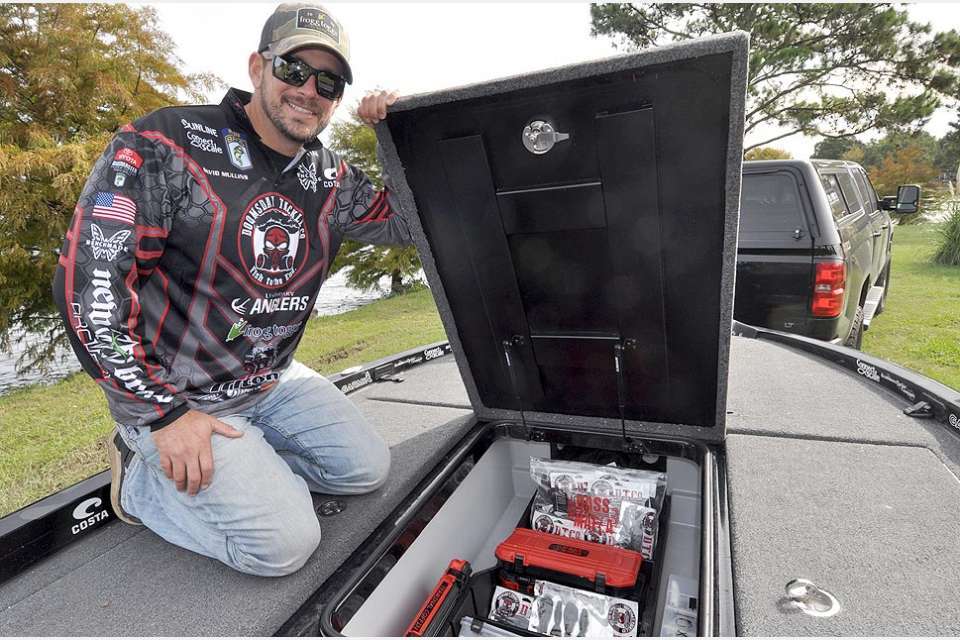
In Mullinsâ home state of Tennessee, spring to summer typically brings a variety of fishing conditions and ways to catch bass. In the earlier parts of that timeframe, anglers may find bass in the late stages of the spawn. After that, thereâs a shad spawn to look for and that can bring bass into a feeding frenzy.
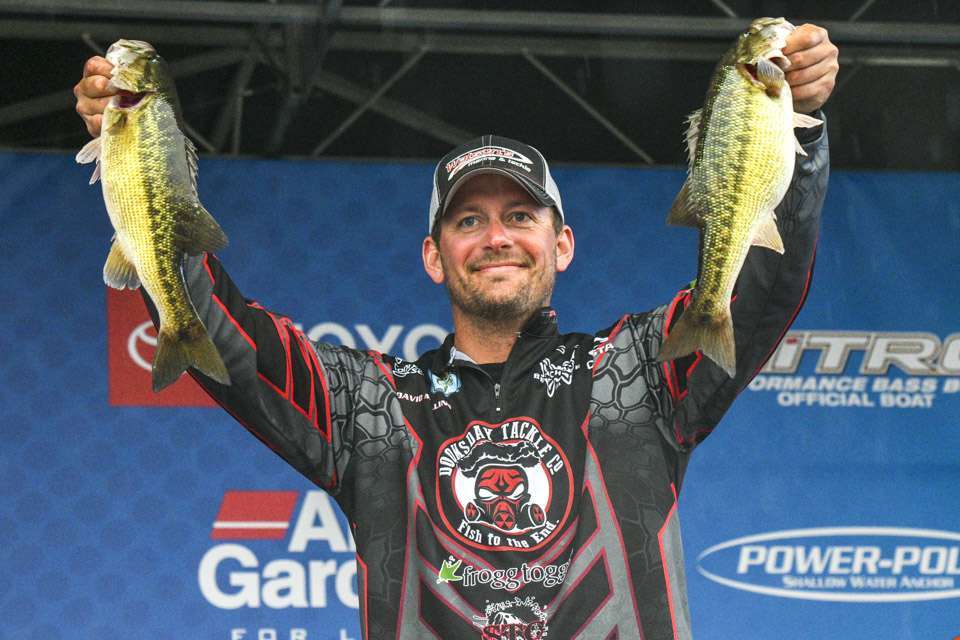
Similar scenarios apply in a good portion of the U.S, give or take a few weeks on either side of the month. So if you live in Tennessee, the Carolinas, northern Alabama, the Ozarks, Kentucky, in the Midwest or up the East Coast, May and June should be prime time for bass fishing.
With that in mind, consider what Mullins listed as his five favorite bass lures for late spring and early summer. He offered a variety of options, and at least one is sure to fit just about every anglerâs style.

